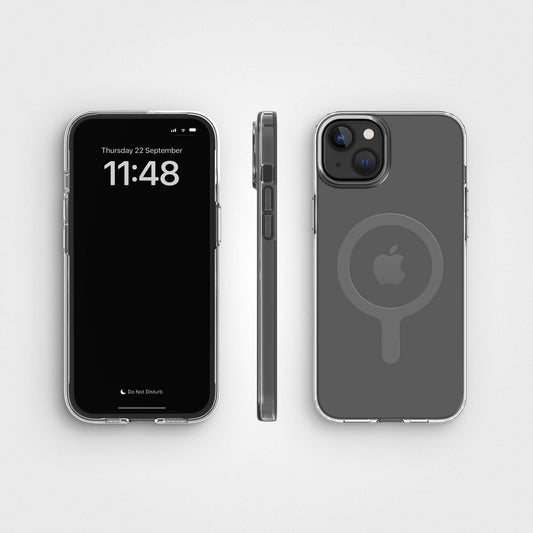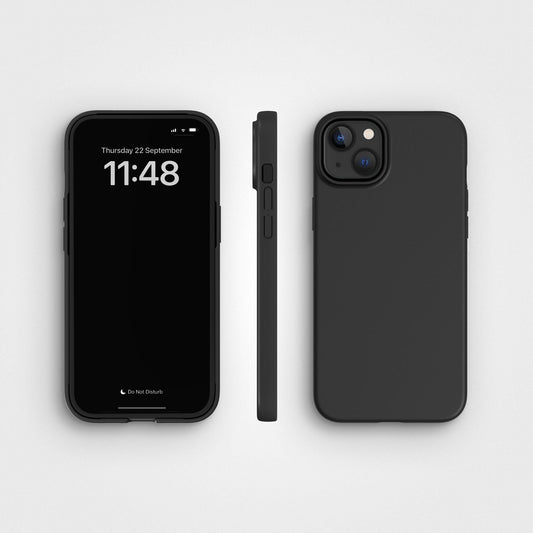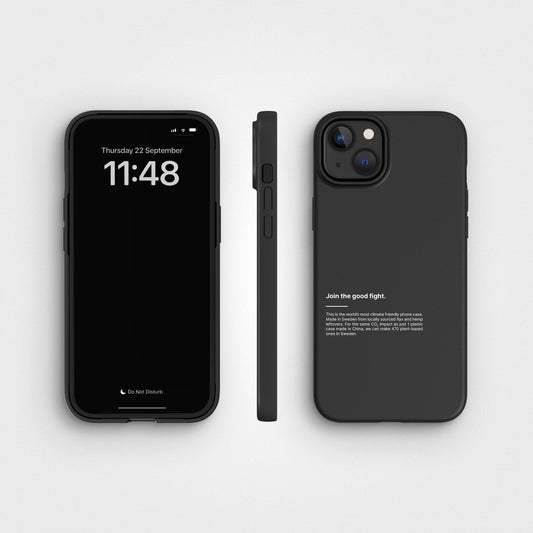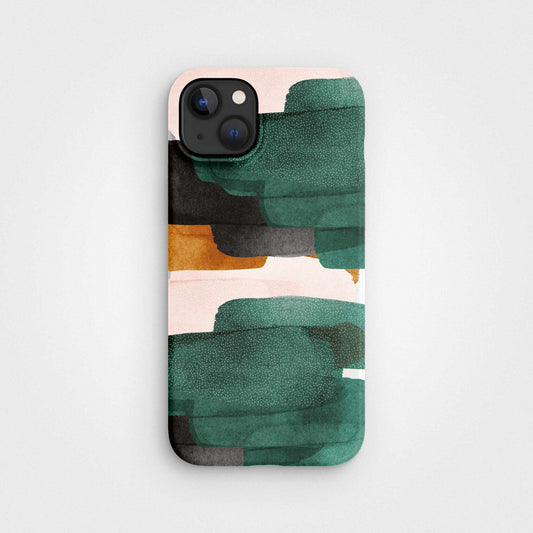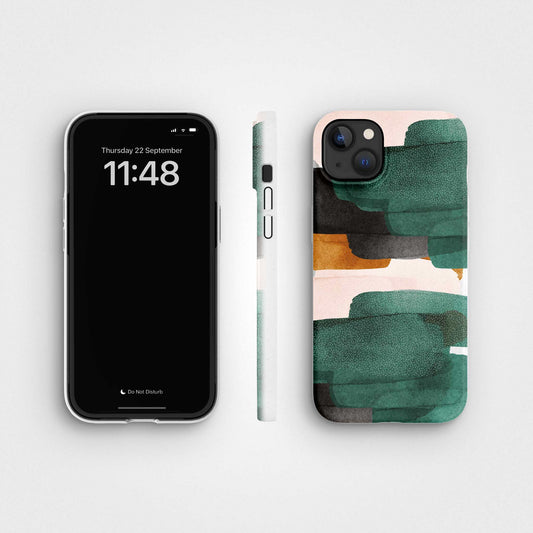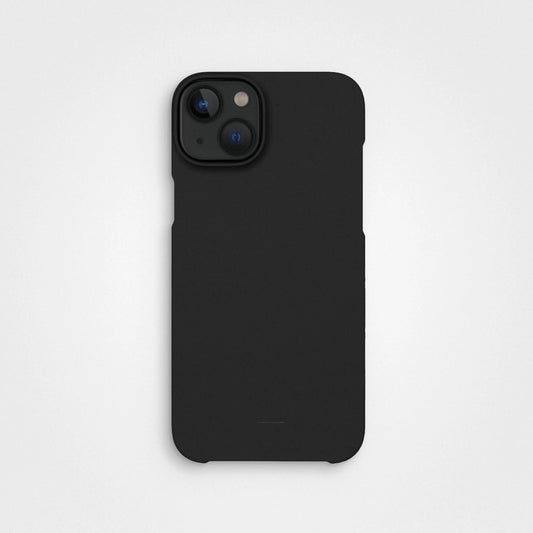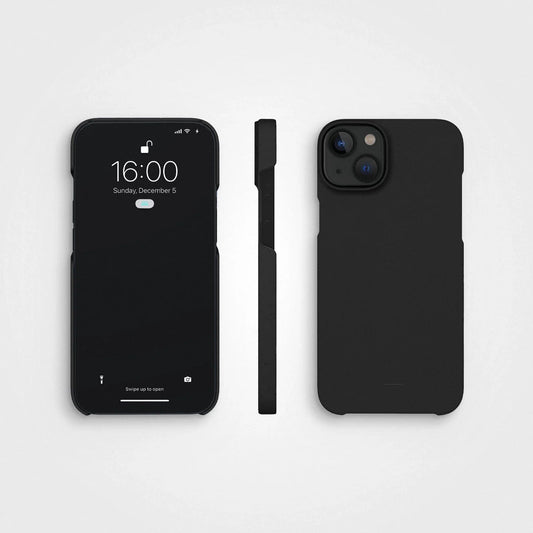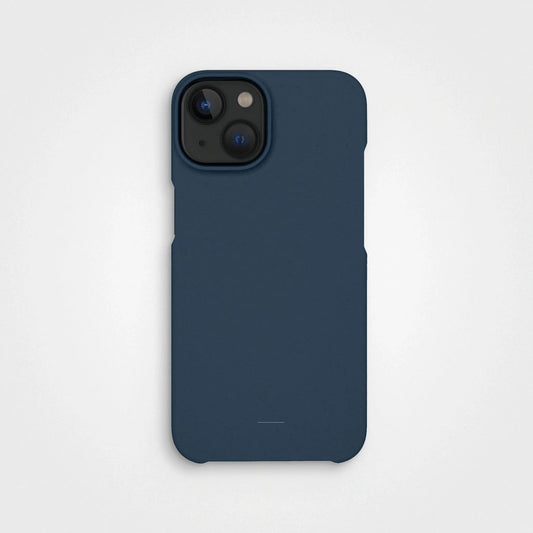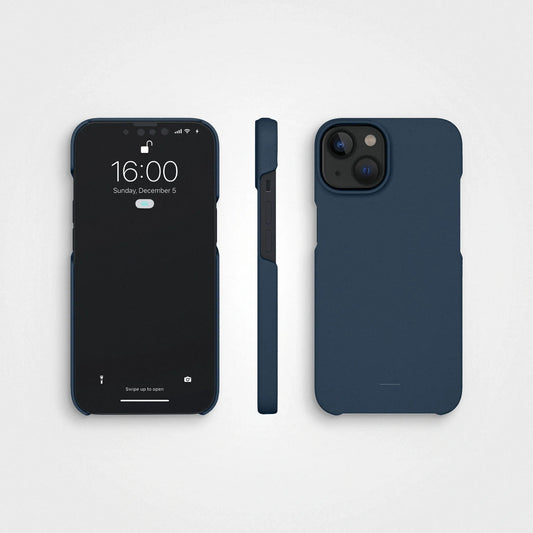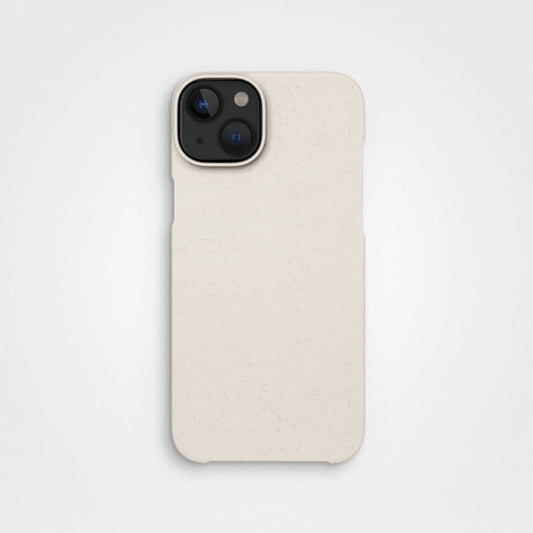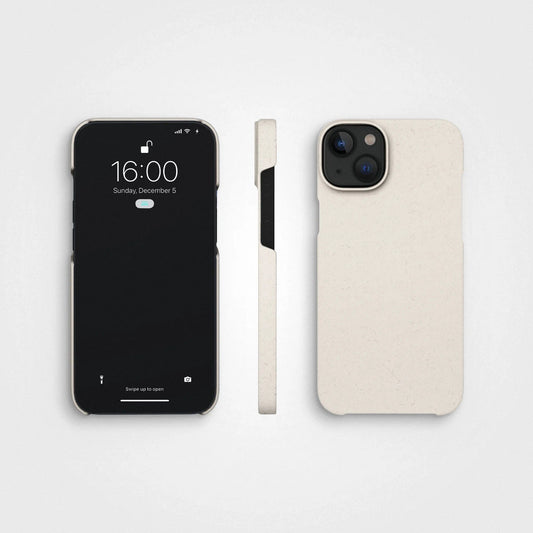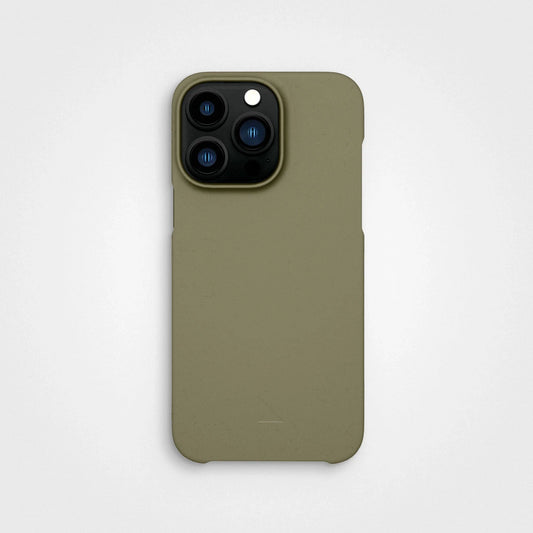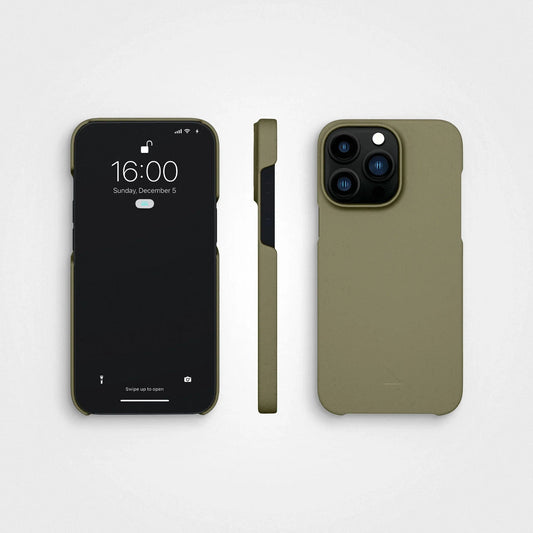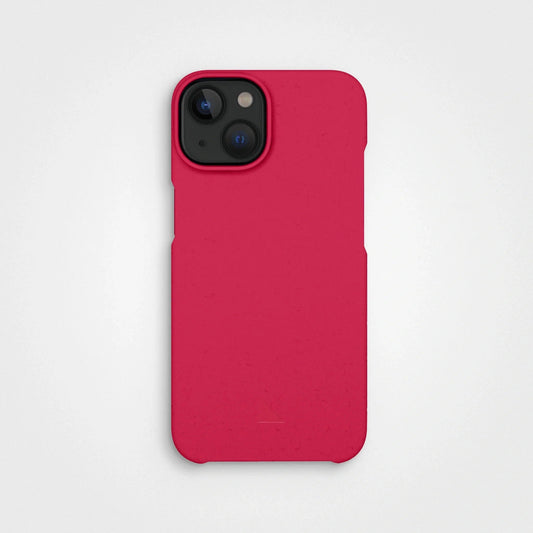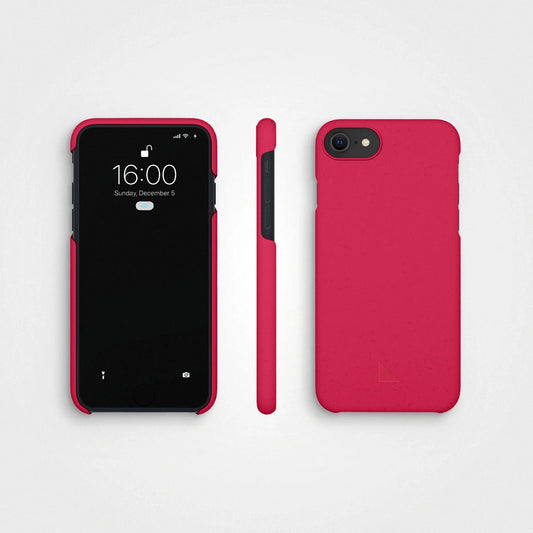Or I was.
In the past couple of years, I’ve realized something. Better deals come at a hidden cost. If I’m not paying, someone else is. Sometimes the bargain item is manufactured by people who earn too little and work too hard.
Sometimes nature pays the environmental cost. Low prices just aren’t sustainable. What we need moving forward are fair prices. And so, in the spirit of transparency, I’d like to walk you through A Good Company’s production process and show you every step of how we get our products to you.

PREPARATION AND R&D
At A Good Company, we design, develop and create every product from scratch. It starts with the idea. Once we get an idea for a product, we examine the raw materials we need. Then we develop alternatives. And finally, we test, test, test. As far as it’s possible, we always use our standardized packaging. But sometimes we have to create new packaging. If so, the new packaging solutions have to work for more than one product. We draw the product in CAD. We print it in 3D. And we go back to the drawing board and repeat this process many times. This preparatory phase can take anything from one to three months.

SOURCING
Once we have a good design, our sourcing team contacts suppliers. We do due diligence. We visit the suppliers (making both announced and unannounced visits). We gather as much information as we can. And we listen carefully to our gut feeling. Throughout this sourcing phase, we test at least 3-4 suppliers and make at least 2-3 adjustments. Finally, we settle on the supplier we like best. The price is never the most important factor when we finally decide. And we never negotiate the price with the supplier. We always buy in bulk, never in PP-plastic bags. This sourcing phase takes up to two months.
PRE-PRODUCTION
We always make several prototypes in a pre-production series. That helps us understand all the details of the product and lets us test it on family and friends. The pre-production phase takes up to two months.
PRODUCTION
Each production process is unique. But I’ll show you the steps of our stone paper production. That should give you an idea of how we work.

HOW WE MAKE STONE PAPER PRODUCTS
RAW MATERIALS
The Stone Paper factory sources raw materials locally. We only use leftovers.
PRODUCTION PROCESS
First, we order our stone paper products from the Stone Paper Factory. After that, we transport the stone paper to the two main conversion facilities. One conversion facility, 8 kilometers away, makes the stickers and the sketchbooks. The other conversion facility, 200 kilometers away, makes the A5 journals and the A6 journals.
PRINTING AND FOLDING
The conversion facilities send the stone paper products to subcontractors who print and fold the books. This process is complex. To begin with, we have to recalibrate the settings on the printing and folding machines before every new production run. This recalibration is necessary because stone paper, unlike pulp paper, varies in density and thickness.
Throughout the printing and the folding, it’s crucial to monitor the humidity levels closely. Another matter that complicates the printing process is that stone paper doesn’t have fibres. It doesn’t “breathe.” The fact that stone paper doesn't breathe means we have to lay out the stone paper sheets individually (they can’t touch each other) for a minimum of ten days.
On rainy days and during the rainy season, they have to be laid up for 20 days. Finally, the perforation takes a lot of time. While it’s easy to feed ten reams at a time of pulp paper into the perforating machine (5,000 sheets at a time), stone paper requires a ream-by-ream feeding (500 sheets), with a maximum of two reams (1,000 sheets max) at a time. After that, we print the covers and send the notebooks to a binding facility, where the notebooks are put together with the covers. If we use rubber bands, they’re sent to a different bookbinder who has special machinery to stamp holes and gussets for the rubber band. If we need double-sided tape (we need it for the sketchbook), it’s applied by hand. This also takes a lot of time. The girdles are attached by hand. A wooden apparatus holds each notebook one by one, to make sure the girdle fits snugly around the notebook.
Finally, the finished notebooks are sent to the central conversion facility and inspected. We scrutinize each notebook, using the naked eye to look for flaws and imperfections to make sure the end user gets a good product. Afterwards, the notebooks are packed into larger stone paper cartons.
FINAL INSPECTION
Once the product is done, we make an on-site inspection. Our designers review the final product.
SHIPPING
We ship the products on the sea to our Estonian warehouse. We often ship in containers and always compensate for climate costs.
WAREHOUSE
The warehouse receives the products, inspects them, and places them in the warehouse by hand. Since packaging doesn’t include tape or pulp, we fold the packaging by hand. This takes several minutes longer than if we’d use standard packaging.
HOW WE PAY OUR WORKERS
-
At the Stone Paper Factory, the workers earn between about 1000 and 1400 euros a month. Also, they receive benefits, including national health insurance, retirement bonuses, and so on.
-
Estonia: All workers at our warehouse staff receive fair wages and vacation compensation set by the union. They don’t work overtime and get at least one hour’s break.
-
Sweden: All our staff receives a competitive salary, paid vacation, and supported parental leave.
SALES COSTS
-
We work with payment solutions such as PayPal, American Express, iDeal, Sofort and pay a fee on every transaction. Typically 2.5% to 3% of the order.
-
We also pay local taxes, import customs and VAT on all our products.
- Marginal: We have a margin on all our products to pay for marketing costs, salaries, climate compensated shipping, customer service, software costs for our platform and product development.
To sum it up.
A lot of steps are involved in getting the product to you. It takes time. But I'm convinced it makes for a good product. A product where you can enjoy the craft and effort that went into making it.
A product where you can enjoy the fact that the price is fair and doesn't come at a hidden cost to the environment or to the people who made it.
SUMMARY
-
We make our products using craftsmanship
-
The raw materials we use cost money (but don’t include a hidden environmental cost)
-
We don’t cut corners
-
We realize our products may not suit everybody, but hopefully, we’ve been able to explain our price philosophy
-
If the price is too low, someone else is paying for it.


